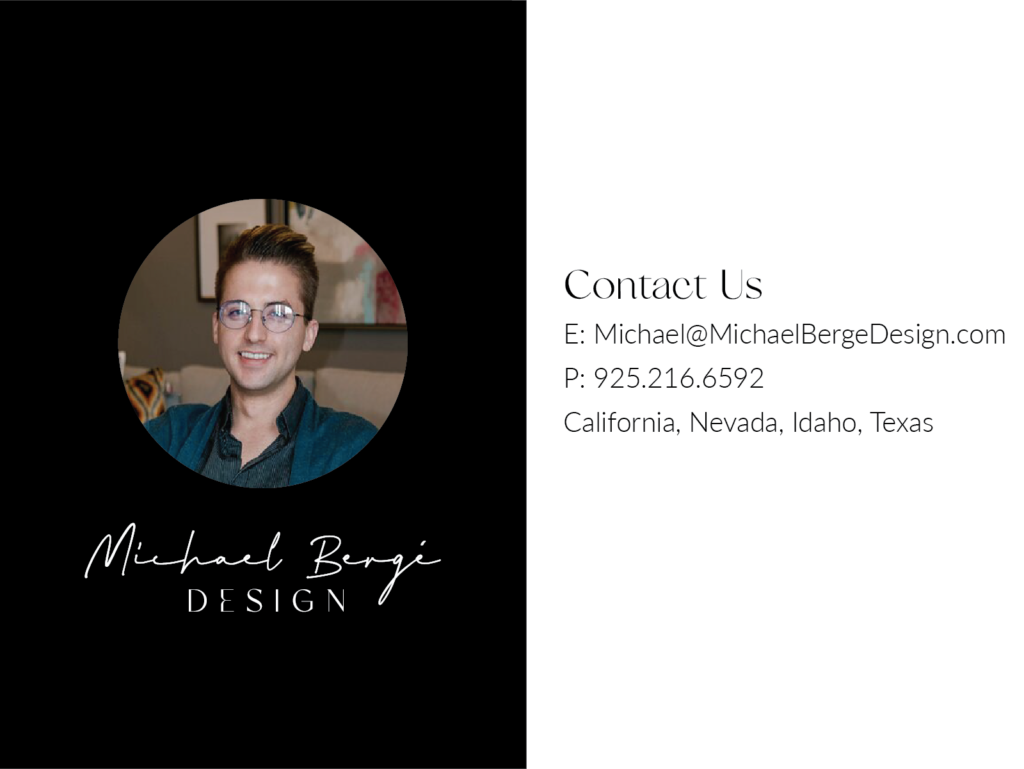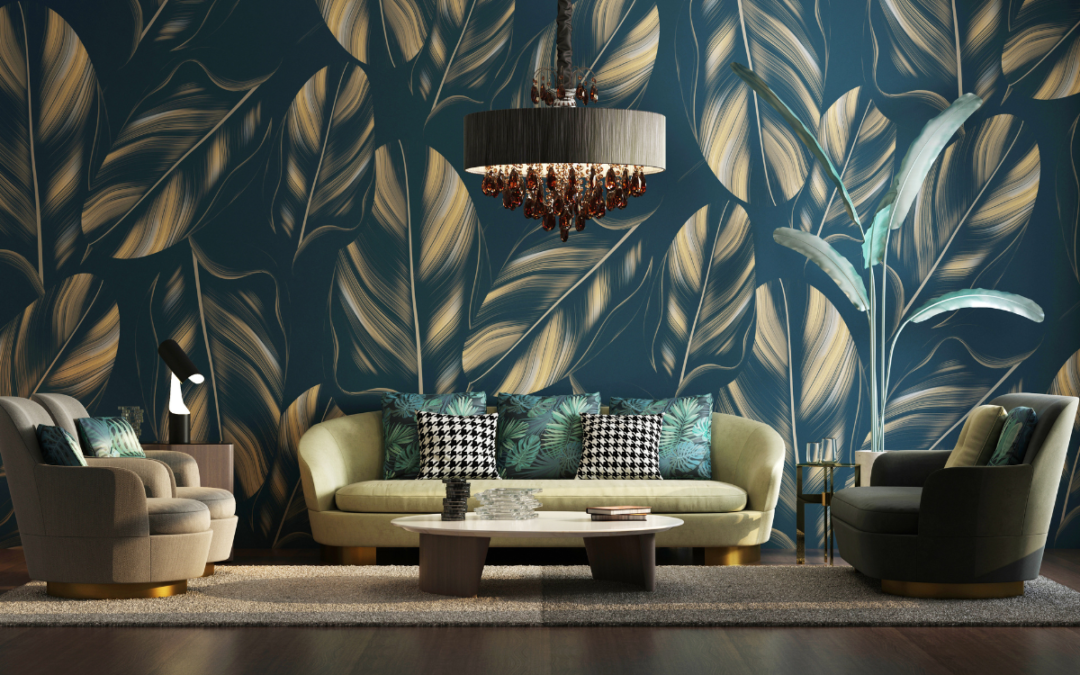There are few elements better poised to add richness to your living space than fresh and deliberate furniture fabrics. While seemingly rigid—given that many furniture pieces only offer a single upholstery option—fabric can actually be an element through which to exercise boundless creativity. New pieces with your ideal fabric design can be found or custom-ordered, and legacy pieces can be reupholstered and elevated into your dream design. Learn more about the textiles, colors, and footprint of the year’s most sought-after fabric designs.
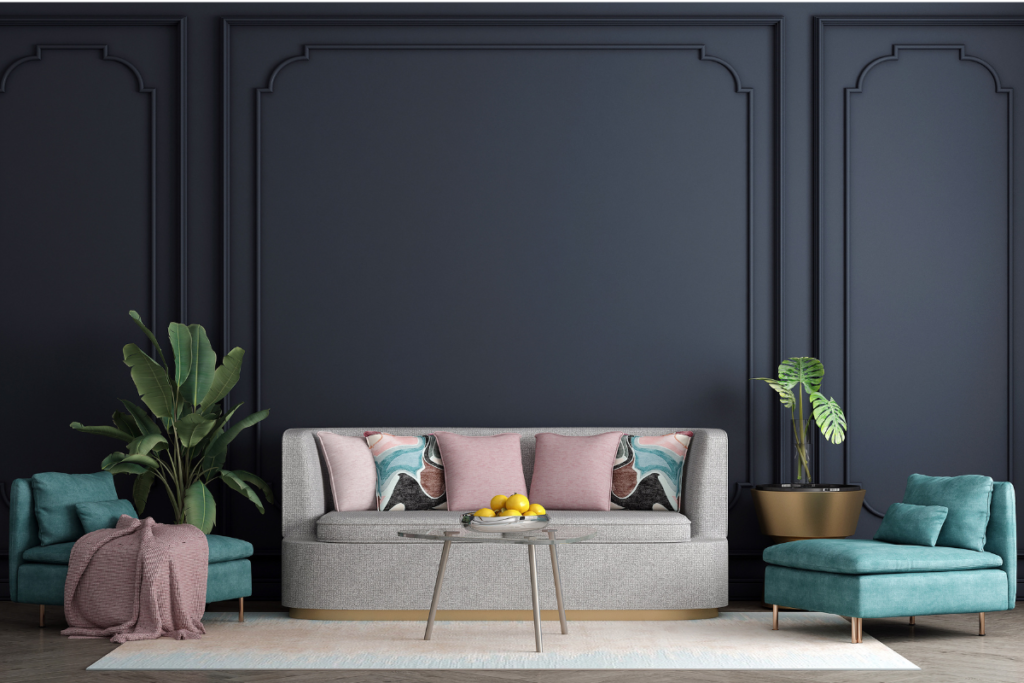
Textiles
Embracing luxury in simplicity, current upholstery fabric trends exude a calm minimalism. Their richness is in quality, warmth, and technological sophistication, so their final effect is often beautifully understated. Never straying far from raw materials, today’s trending textiles are rooted in nature and revel in effortless elegance.
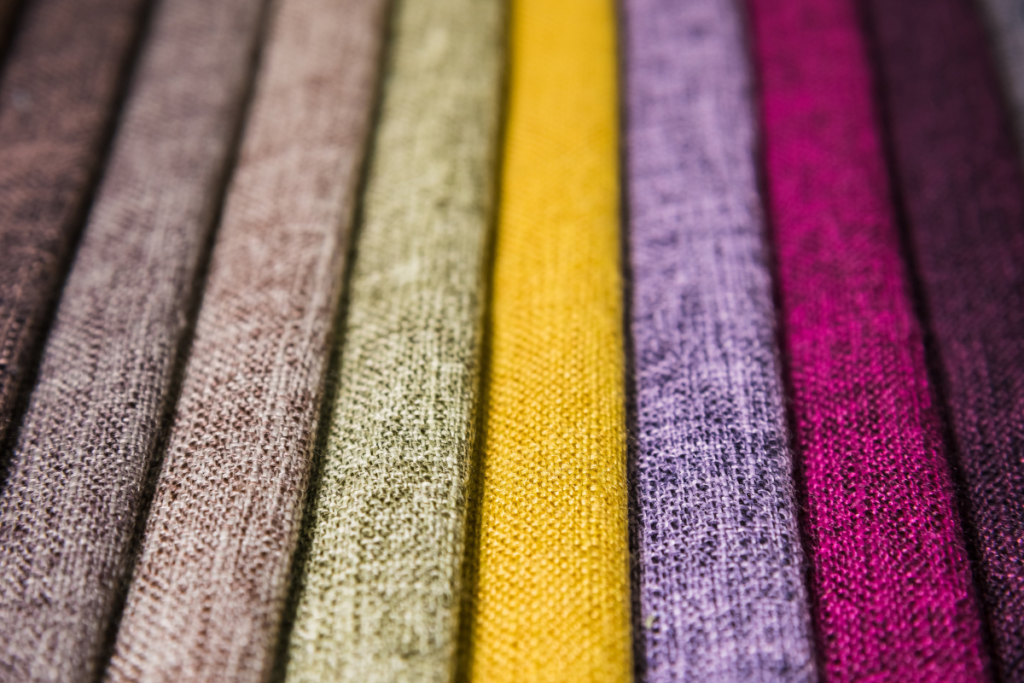
Cotton
Soft and familiar, cotton furniture fabric is reminiscent of simple memories and the comfort of the quotidian. Popular for its versatility and cozy texture, cotton is a staple in an age where more is demanded of each piece of furniture.

Leather
Leather, or one of its biodegradable alternatives, provides softness and a tactile timelessness. Typically scratch-resistant and unmistakably luxurious, this fabric texture is as dependable as it is grounding. Leather is always a great choice for centerpieces and antique keepsakes, and despite its current popularity, “trendy” is perhaps a misnomer: leather rarely goes out of style.
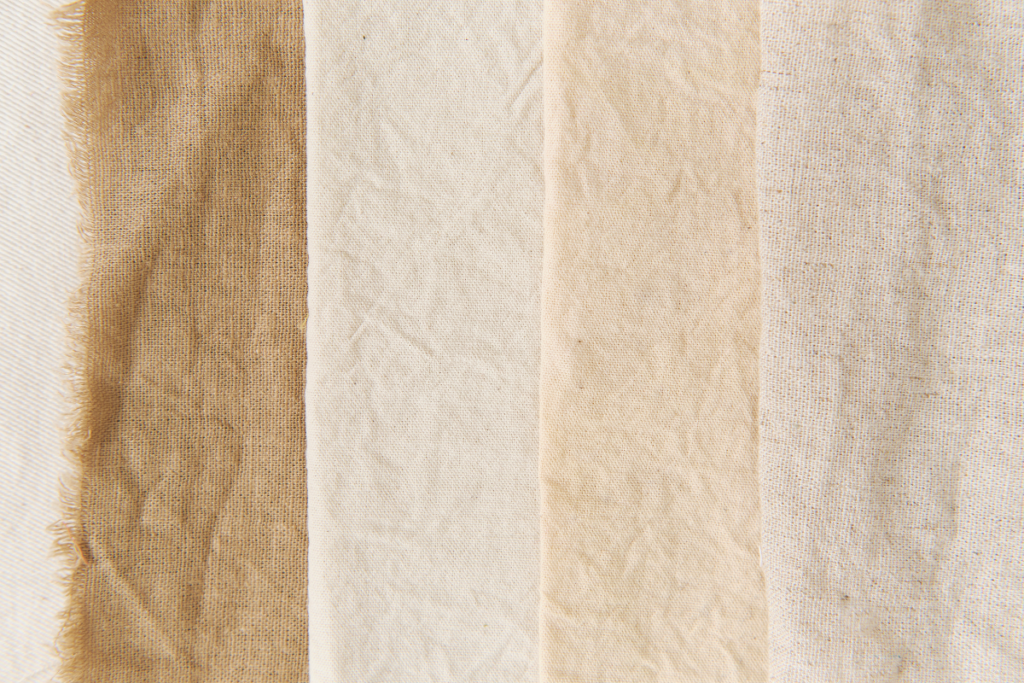
Linen
Perhaps the defining textile of the earthen-focused upholstery fabric trend, linen is the essence of balance. With a slightly rough look that melts into breathability at the touch, it invites an internal contrast that writes an external story. The colors, patterns, and textures through the room are instantly pulled closer together with the placement of cleansing, cautiously dynamic linen textiles.
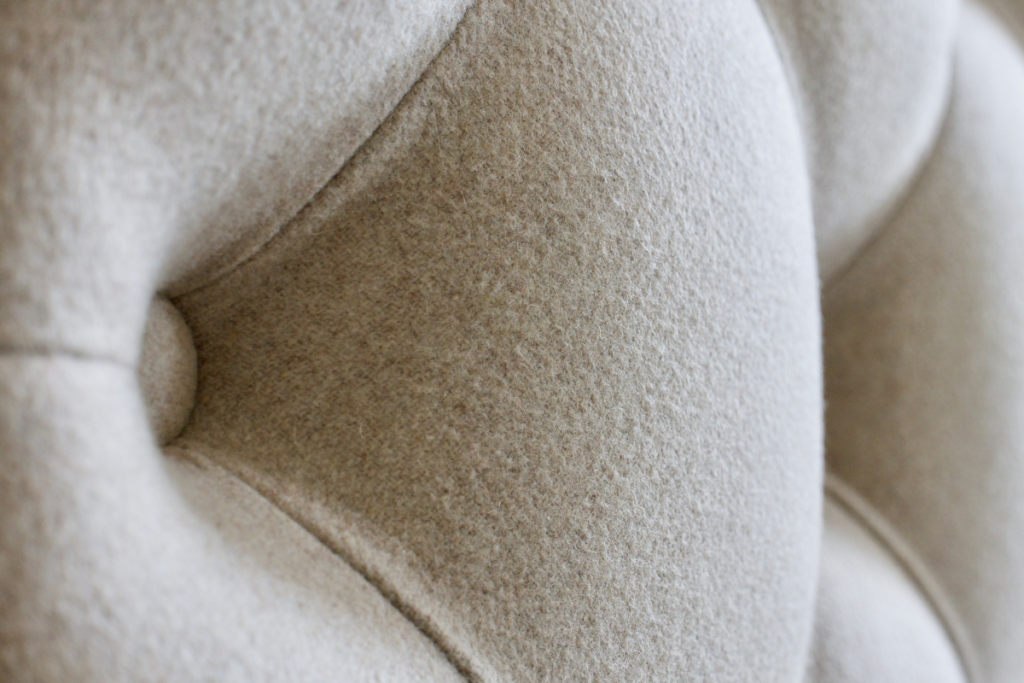
Wool
Any interior design concept dependent upon the relationship between natural materials can create intrigue with wool. When used in furniture fabric, its innate celebration of rawness and organic patterns makes a space feel cared for—like every detail was considered, and every piece found its perfect placement.
Color and Pattern
Maturing Natural Tones

Growing out of the warm creams and browns that have been dominating furniture and interior design trends for the past decade or so, new natural tones are ready to flourish in upholstery fabric. Typically understated earth tones, like eggplant and marigold, will continue visual discourse with organic and 1970s-style trends.
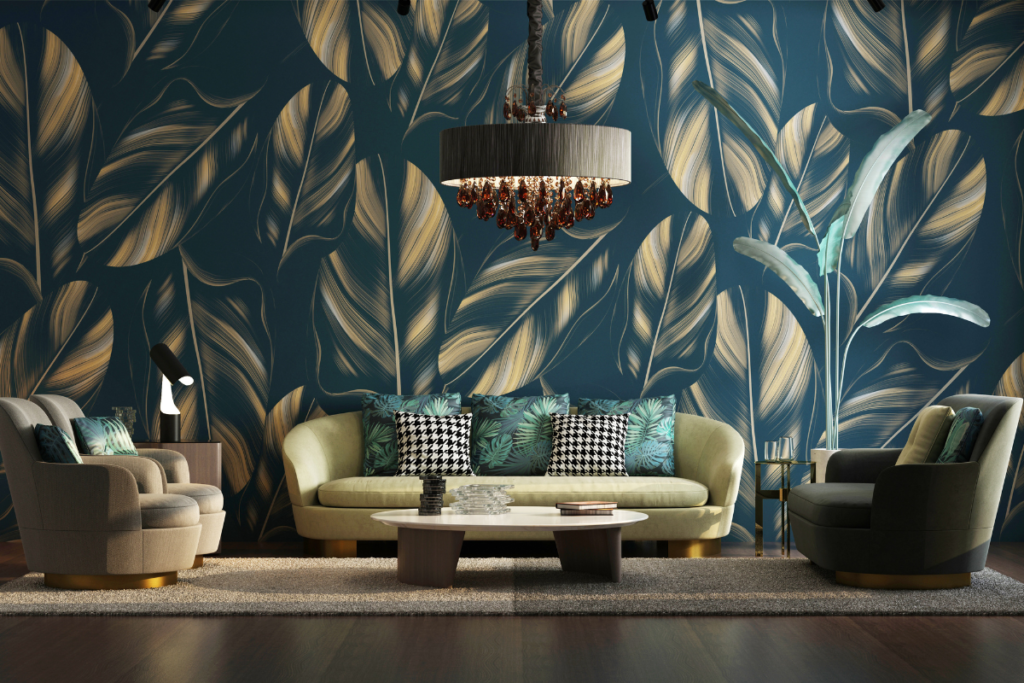
Layers
Elements like plaid and checkers create a sense of layering on a relatively flat surface, whereas the juxtaposition of totally differing textures or unique color blocks create layers with a fresh physicality. While these reawakened interior design trends can recall youthful recklessness, the current trend executes layering with measured abandon. Making use of natural fabrics and muted colors, layered upholstery fabrics hold back just enough to celebrate synergy without sacrificing gravity.
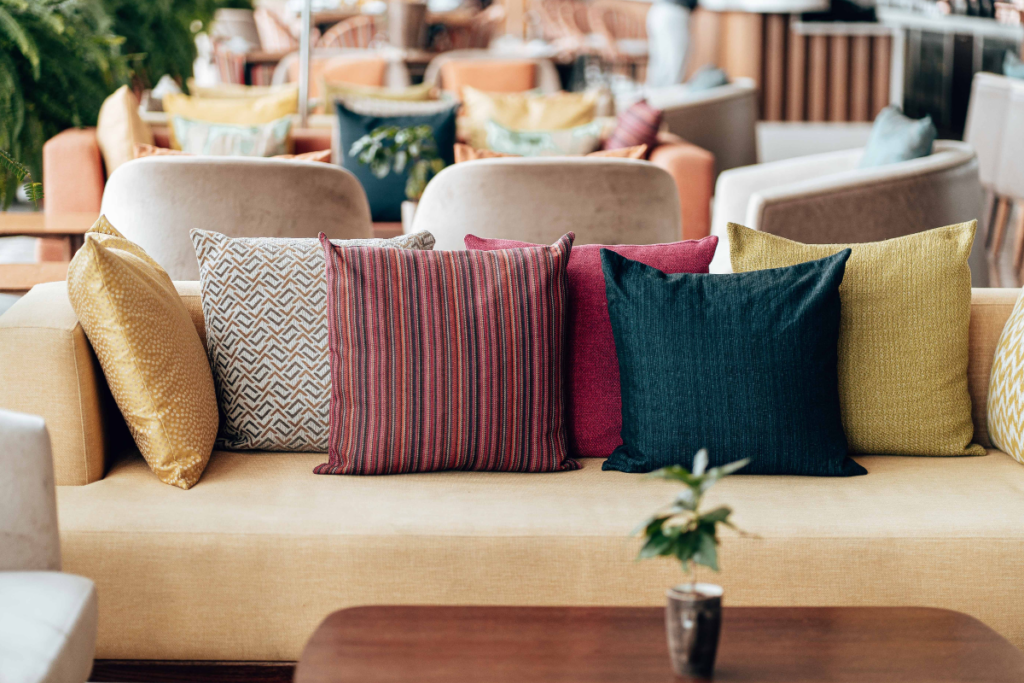
Woven Patterns
Visual simplicity achieved through complex work, it should be clear by now, is an underpinning of today’s design trends. Woven furniture fabric patterns embody the striking beauty of unassuming details. A feature of dyeing, textile work, or both, woven textiles interfuse movement and unity in a space.
Footprint
Trending fibers are desirable for more than simply their fabric texture—they also have implications for the environmental and visual footprint of a space.

“Healthy” Fabrics
When natural fibers have trended in interior design before, it was often in iterations that contained harmful chemicals or other less-than-natural elements. Current trends are striving for unprecedented sustainability. Comfortable furniture for small spaces is typically designed with an element of breeziness in mind, and current fabrics make it possible to both experience visual calm and genuinely breathe easier.
Visual Synergy
Any interior design trend relies upon the relationship between elements, but the current trend lends particularly well to high-interplay design. Rather than establishing striking furniture statements with high contrast, current trends encourage leaning into complements. When the fabric design, full of unusual earth tones and raw natural fabrics, follows the natural curves of the furniture, a conversation between pieces arises. This synergy allows control over the visual footprint of a room, contributing elegance and warmth, without over-complication.
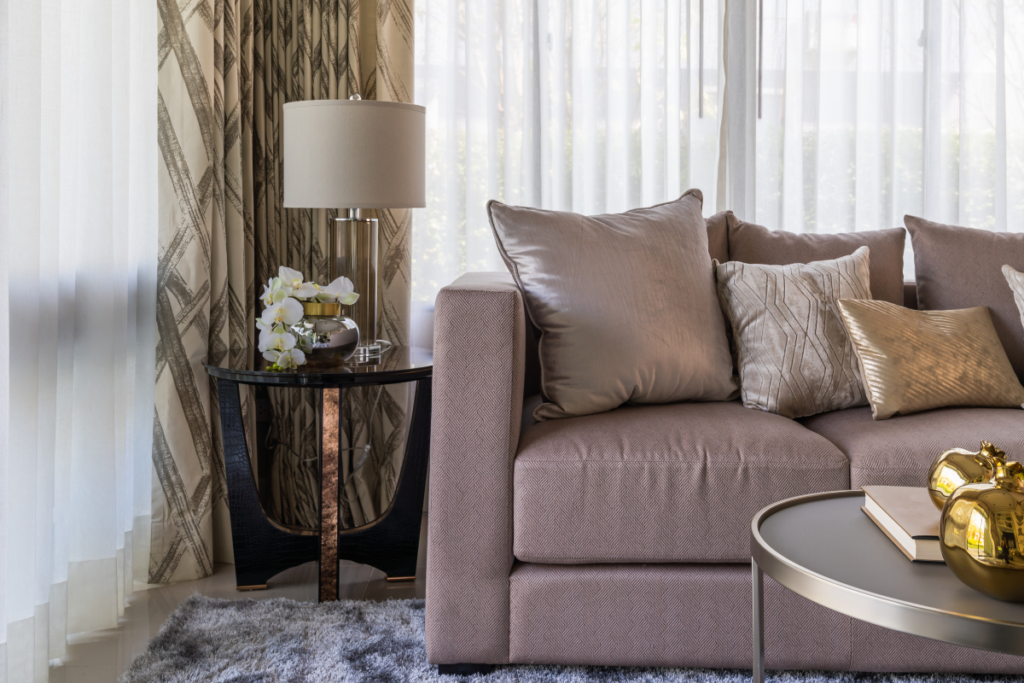
Schedule a consultation with Michael Berge
Michael Berge Design is a full-service design firm. We work with architects, builders, and other industry professionals at every step to create an inspired space that reflects you and your style. Reach out today to see what we can do for your space.
